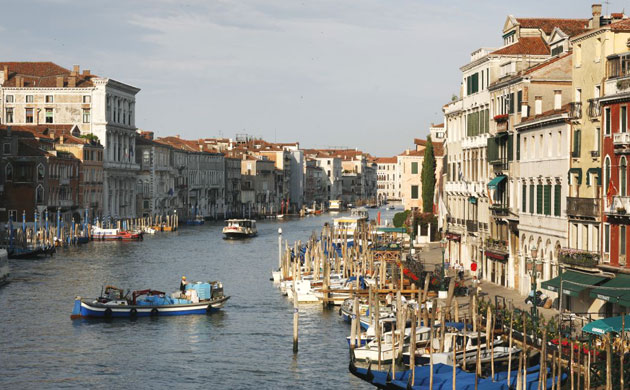
Wetland Restoration- the beginnning
One project that I’m working on with the Majora Carter Group this summer is a wetland restoration program in North Carolina. Evading the hubbabaloo in the Gulf we will, hopefully, be able to restore and implement wetlands along the NC coast in a nationwide large-scale horticultural infrastructure construction. Hort infra strikes again.
What are wetlands?
Wetlands are lands that are wet at least part of the year because their soils are either saturated or covered with a shallow layer of water. Wetlands include a variety of natural systems, such as marshes, swamps, bottomland hardwoods, pocosins, bogs and wet flats. While each wetland type looks and functions differently, all wetlands share certain properties, including characteristic wetland vegetation, hydric soils and hydrologic feature. Along the North Carolina coast, specifically, wetlands thrive, making it a great site for wetlands restoration.
Why restore wetlands?
Wetlands protecting water quality, act as a natural defense to floods and erosion, and help to preserve the natural environments of indigenous species. Wetlands are natural buffers between uplands and waterways. By trapping sediment, removing nutrients and detoxifying chemicals, wetlands act as efficient and cost-effective filtration systems. And by storing and preventing rapid runoff of water, wetlands minimize the danger of damaging floods. To read about wetland benefits, please visit http://tiny.cc/mtjhf.
The Goals of MCG’s project:
Through a wetlands restoration program, we hope to achieve the following goals:
1. Reduce the fiscal liability of the federal government caused by potential catastrophic floods
2. Increase environmental protection of low-income Americans, as a large portion of this economic bracket occupies these regions
3. Protect crucial coastal businesses involved in fishing, energy, and tourism
4. Prevent the loss of further jobs by protecting businesses, while also creating a bracket for climate change adaption careers.
With the aid of ARC GIS maps (maps that evaluate statistical information by converting them into visible imagery), hort infra research, and some groups like the Coastal Plain Nursery http://www.coastalplainnursery.com/, this project is kickin' into action
more to come.
soon.








